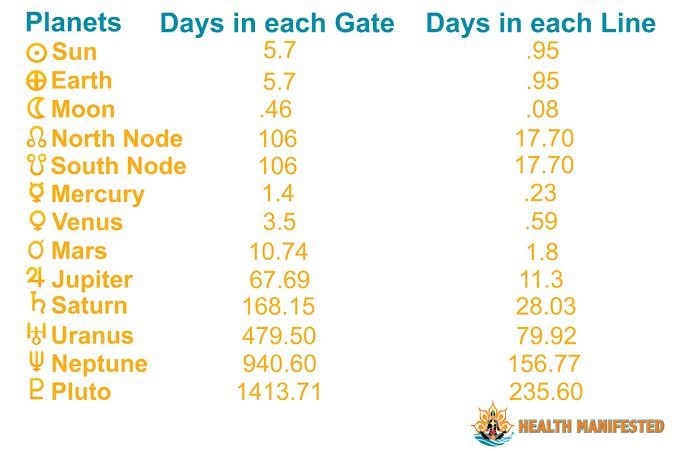“One of the things that can really make a difference in regards to parenting is the angle as the angle says so much.
It is more complex than this but basically what we have are variations, for example, in which one parent is left angle and the child is right angle. In this example, the child looks at that parent and says, “Who are they and why are they here in my life, and should I be happy that they’re here?” because the right angle is deeply self-absorbed.
If you’re a left angle person and you don’t know that, and you have a right angle child and you don’t know that, your impression of your child is that they don’t really care for you that much, that they’re not really interested, that they’re selfish, that they’re totally absorbed in their own process, that you’re just there to provide them a service.
That’s where all that kind of mental movement goes in the not-self because we’ve got all these homogenized standards that we hold up as the way in which we’re supposed to see our children, the way our children are supposed to be raised and the way they’re supposed to perform in the world.
If you have a left angle child with a right angle parent the child says, “Who are these people? They don’t care about me; they’re totally absorbed in their own trip.” That can be an enormous burden for a child to think that their parent just isn’t interested in them.
Obviously, we have configurations where we have left angle/left angle, right angle/right angle and you can intuit from that there are basic differences in the way in which that’s going to impact the way in which you think about the other. When you’re looking at your relationship with your child, you should also take into consideration the angle. It’s something very important to see.”



















